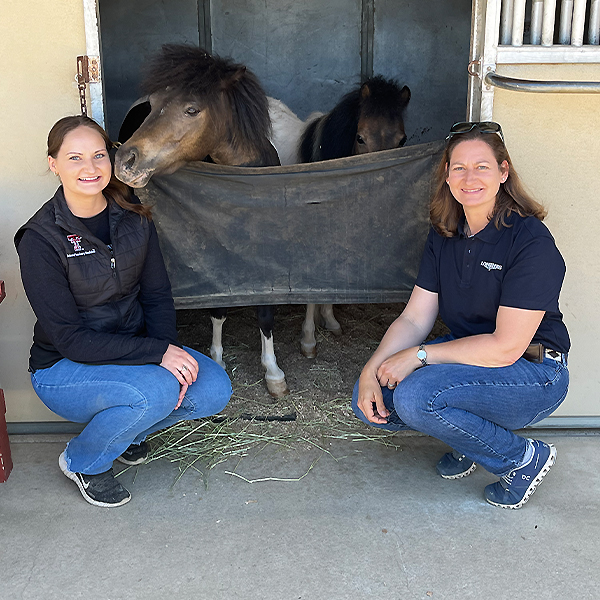
Brooke Prichard finds veterinary school most rewarding when she can apply her knowledge and skills during several externship opportunities.
My name is Brooke Prichard, and for as long as I can remember, I have wanted to become a veterinarian. I am from Albuquerque, New Mexico in pursuit of achieving that goal as a second-year veterinary student at Texas Tech University's School of Veterinary Medicine. Growing up alongside my grandfather, James Skip Prichard, who was a large-animal veterinarian, I became passionate about caring for animals and knew I wanted to share his talents. I felt confident I found my calling early on. Despite being told of the tough realities within the veterinary profession, I was headstrong and stuck to my path.
I plan to become a mixed-animal veterinarian that will meet the needs of a rural community in Texas or New Mexico. To me, there would be no greater joy than to be able to treat any animal that comes through the door. Within my desire to treat all species, I have a deep-rooted passion for horses, which has most inspired my love for veterinary medicine. I began riding horses as a child in New Mexico until my family moved to Highlands Ranch, Colorado when I was fourteen. While in Colorado, I participated in 4-H, competing in various western riding events before moving to Lubbock, Texas for college.
I obtained my undergraduate degree in Animal Science at Texas Tech University as a fourth-generation Red Raider. Lubbock, Texas had always been my home away from home due to my family's long-line of education at Texas Tech. Following the development of the Texas Tech University School of Veterinary Medicine, I knew there was no place I would rather pursue my veterinary degree. After visiting the school and learning about its Core Values and mission, I was certain I wanted to come into this newly developed program. Now as a veterinary student, Amarillo has quickly become my new home while my classmates, faculty, and staff have become my second family.
In my opinion, one of the most rewarding aspects of veterinary school is the ability
to translate and apply my education into clinical externships. I was eager to start
connecting the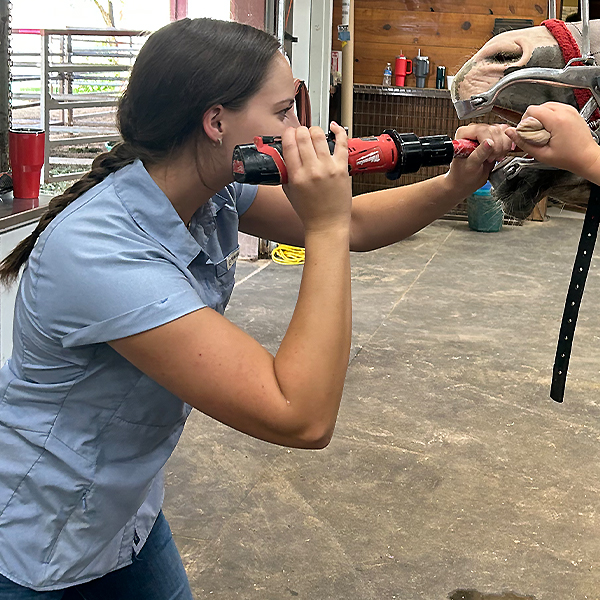 dots of what I had learned in school to real-life cases. I decided to begin my summer
spending three weeks in San Diego, California where my knowledge was tested in a way
I hadn't experienced before. I spent the majority of my time in California at San
Dieguito Equine Group and Pacific Coast Equine Services. With most of my equine experience
being within western disciplines, I understood the importance of experiencing disciplines
I was not exposed to previously. Several of the equine veterinarians I learned from
had dedicated portions of their careers representing the U.S.Olympic dressage, eventing,
and show-jumping teams. I was allowed to assist in equine orthopedic examinations,
nuclear scintigraphy, radiography, ultrasonography, and regulated performance testing.
Independently, I performed physical examinations, vaccinations, blood draws, and nerve
blocks. The majority of the appointments required the veterinarians to
dots of what I had learned in school to real-life cases. I decided to begin my summer
spending three weeks in San Diego, California where my knowledge was tested in a way
I hadn't experienced before. I spent the majority of my time in California at San
Dieguito Equine Group and Pacific Coast Equine Services. With most of my equine experience
being within western disciplines, I understood the importance of experiencing disciplines
I was not exposed to previously. Several of the equine veterinarians I learned from
had dedicated portions of their careers representing the U.S.Olympic dressage, eventing,
and show-jumping teams. I was allowed to assist in equine orthopedic examinations,
nuclear scintigraphy, radiography, ultrasonography, and regulated performance testing.
Independently, I performed physical examinations, vaccinations, blood draws, and nerve
blocks. The majority of the appointments required the veterinarians to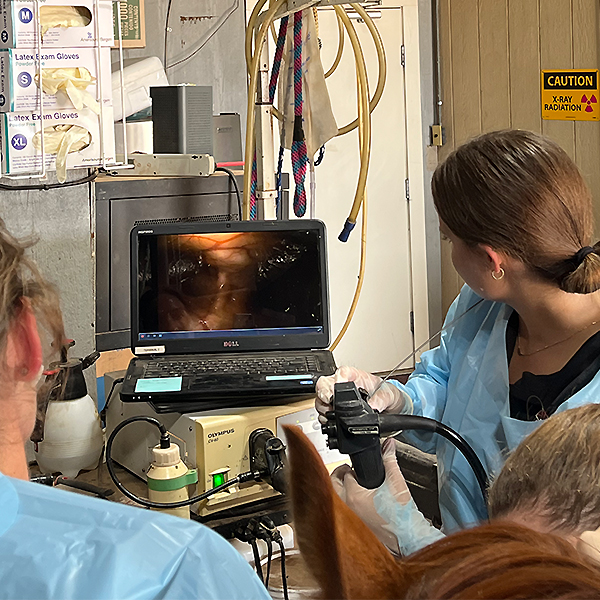 travel to various facilities and shows. This travel time was devoted to medicine-based
conversations and sharing of perspectives between the veterinarian and me. My anatomical,
physiological, and immunological education was tested, which allowed me to expand
my understanding of several topics. The majority of my time was with Drs. Paul McClellan
or Emily Sandler-Burtness who provided valuable mentorship.
travel to various facilities and shows. This travel time was devoted to medicine-based
conversations and sharing of perspectives between the veterinarian and me. My anatomical,
physiological, and immunological education was tested, which allowed me to expand
my understanding of several topics. The majority of my time was with Drs. Paul McClellan
or Emily Sandler-Burtness who provided valuable mentorship.
I spent the last two days in California externing at the San Diego Humane Society
where I observed veterinary rounds, appointments, and surgeries. I assisted with blood
draws, physical examinations, diagnostic testing, and surgical preparation of cats
and dogs. Dr. Laura Bunke expanded on my small animal medical knowledge and taught
me so much more about shelter medicine in just two short days. An especially interesting
case was the discovery of a canine transmissible venereal tumor through cytology.
As a first-year student, I had learned about this form of neoplasia in my pathology
course. I gained a perspective and deep appreciation of shelter medicine and the major
differences from private practice.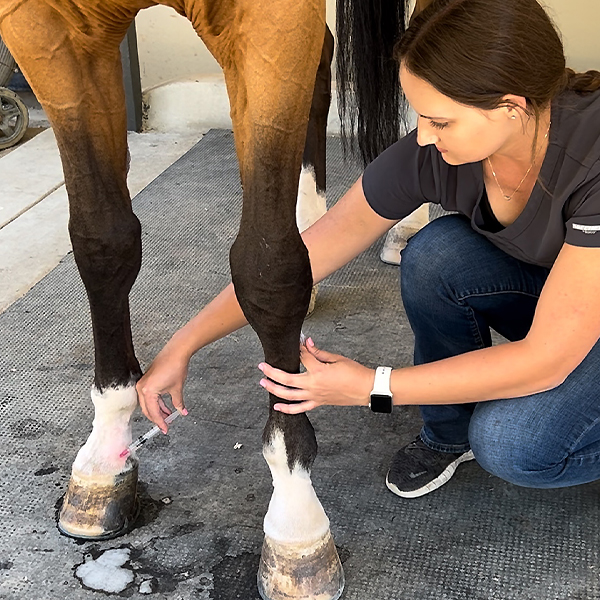
The next externship I undertook was two weeks in Lamesa, Texas at Brock Veterinary
Clinic, which is a high-volume and fast-paced atmosphere. I had worked as a technician
at this clinic during my undergraduate studies, but this time, my role had evolved.
Drs. Bo Brock, Abbi Brock, Tita Clark, Dustin McElwee, and Michelle Bessire each dedicated
their time and efforts into teaching opportunities for externs like me. The wide variety
of cases involving horses, small animals, and ruminants allowed me the freedom to
follow cases that I was most interested in. This experience was deeply hands-on as
I assisted veterinarians with ultrasonography, radiography, dentals, lameness evaluations,
nasogastric tubing, gastroscopy, endoscopy, nerve blocks, bovine palpations, and countless
more procedures. Visiting externs and I were even allowed individual opportunities
to scrub into several surgeries. Another unique aspect of this externship was being
on-call throughout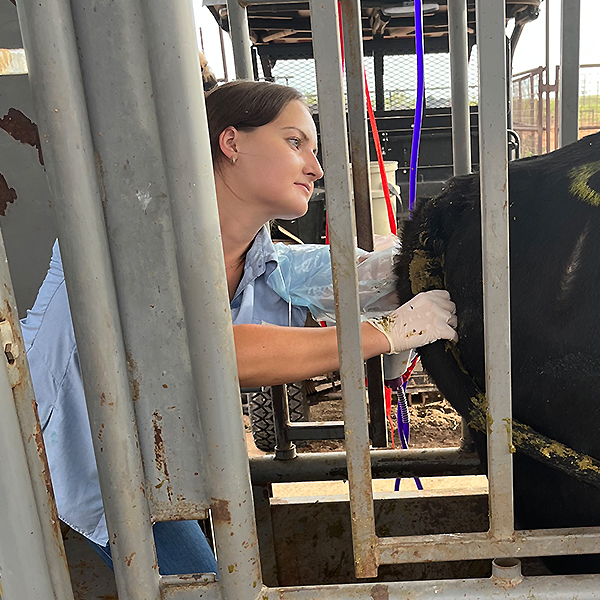 the two-week period. This gave me a first-hand look at what I might expect in the
future as a veterinarian. My knowledge and medical-based reasoning were assessed through
difficult questions and rounds over specific topics such as Equine Hepatitis. There
were also financial discussions and client communication lessons incorporated into
cases, which is an essential part of the profession.
the two-week period. This gave me a first-hand look at what I might expect in the
future as a veterinarian. My knowledge and medical-based reasoning were assessed through
difficult questions and rounds over specific topics such as Equine Hepatitis. There
were also financial discussions and client communication lessons incorporated into
cases, which is an essential part of the profession.
Recently, I spent one week at Mobile Veterinary Clinic in Amarillo, Texas. I had invaluable conversations between Dr. Katelyn Waggoner and other externs as we went through case presentations and possible differential diagnoses and treatments. I was fortunate to observe new techniques to equine medicine and research-based learning. Dr. Waggoner has pushed me to think about cases in a thorough way using science-based reasoning.
To conclude my summer, I plan to spend one day at Henderson Animal Care Hospital which
is a mixed-animal practice in Henderson, Texas. I am excited to experience the wide
range of cases typically seen within this community.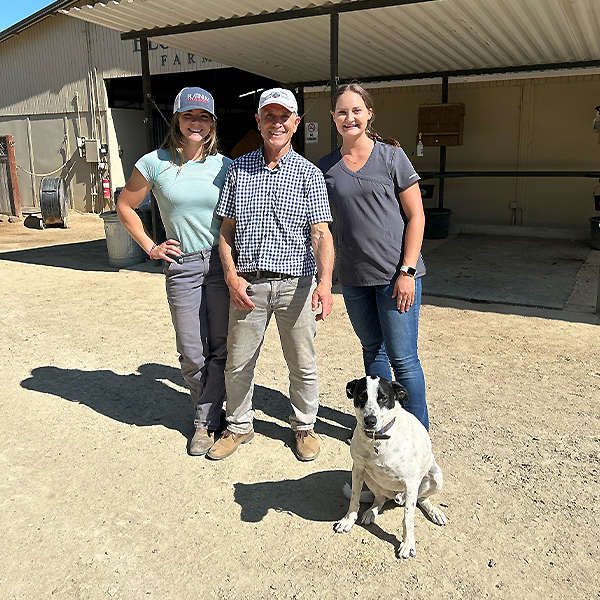
This summer I came to better appreciate that veterinary medicine can be performed at a high level through a variety of methods. With medical reasoning and research, the veterinarians I observed each had unique techniques and perspectives. One example of this is equine joint injection approaches, specifically on the tarsal and coffin joints. I viewed lateral, medial, and dorsomedial aspect approaches to tarsal joint injections. Similarly, I had observed dorsal, lateral, and palmar approaches to coffin joint injections. While there are countless approaches to most joint injections, each veterinarian had insightful perspectives they shared with me on why they adopted their methods. This topic among countless more, has served as a reminder to investigate and continue educating myself on available methods for the betterment of my future veterinary practice.
I am exceedingly grateful for these unique opportunities to learn from a multitude of talented veterinarians and their teams. The connections and insight I have gained will stay with me throughout my education and career. My deep passion for veterinary medicine has grown even more through these externships, which makes me more eager than ever to begin my second year of veterinary school.
